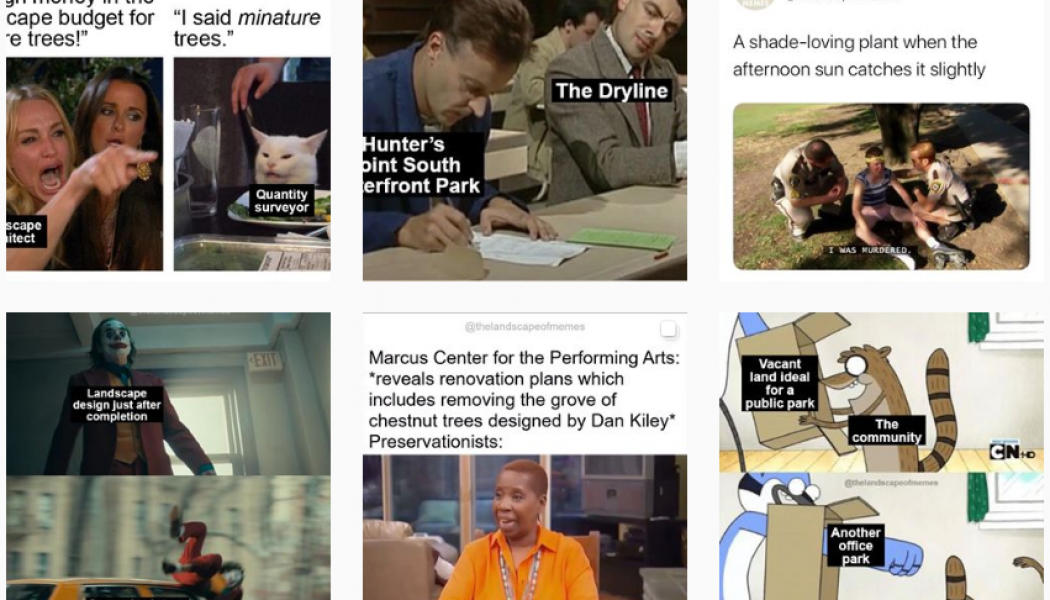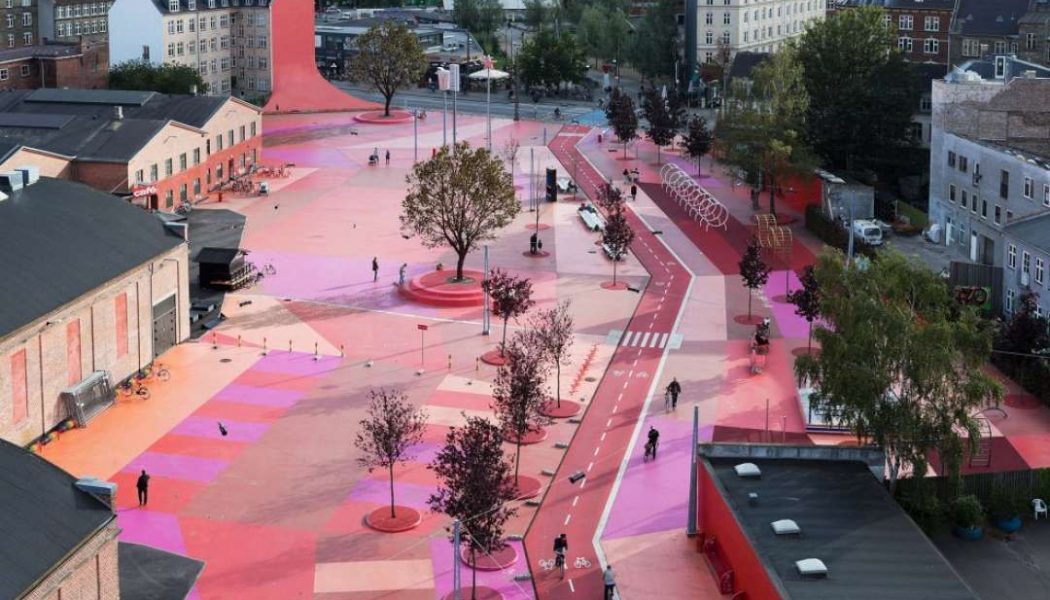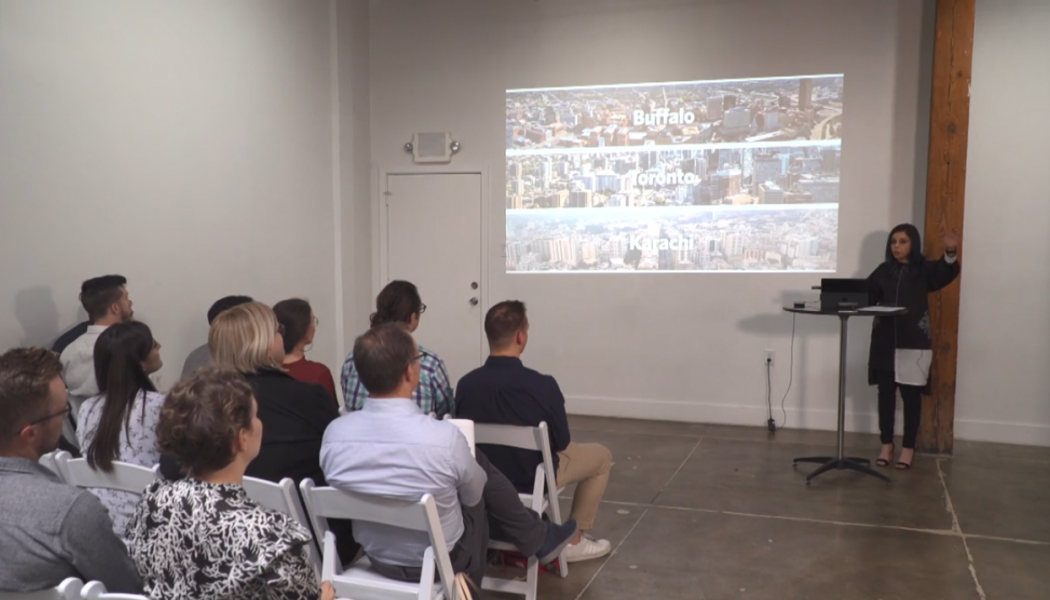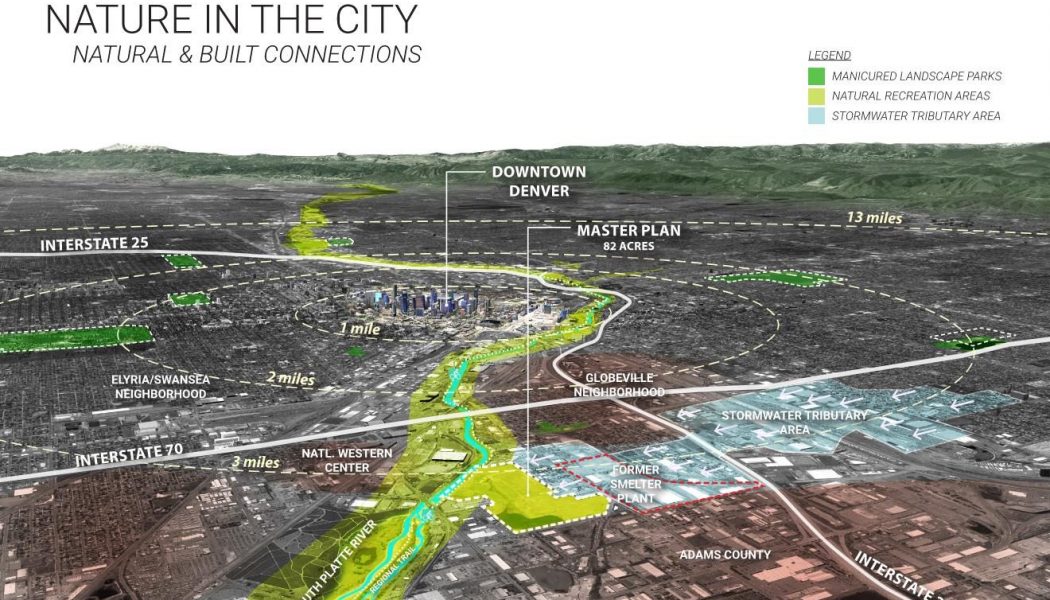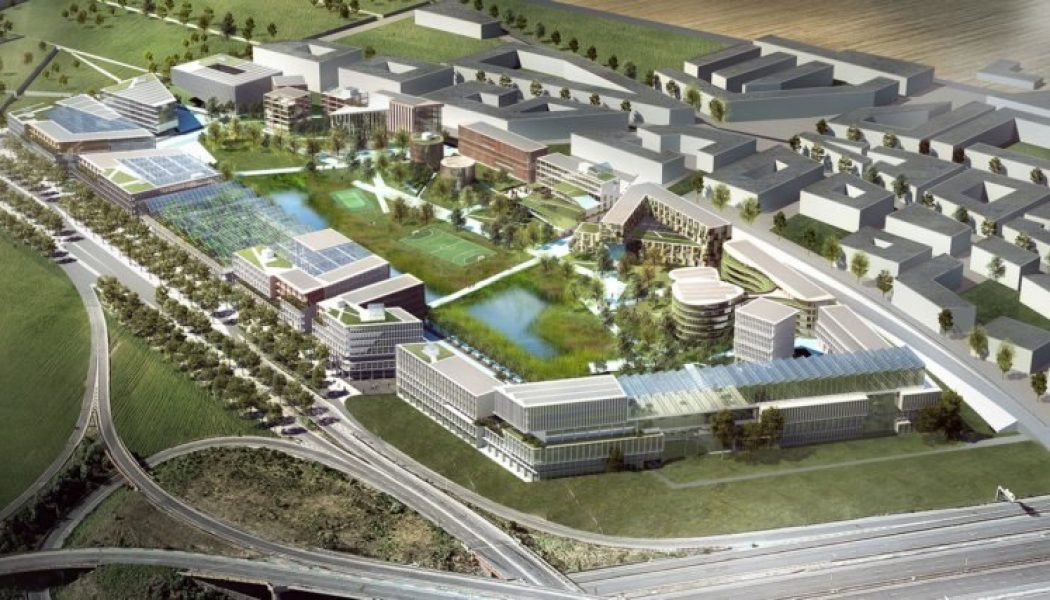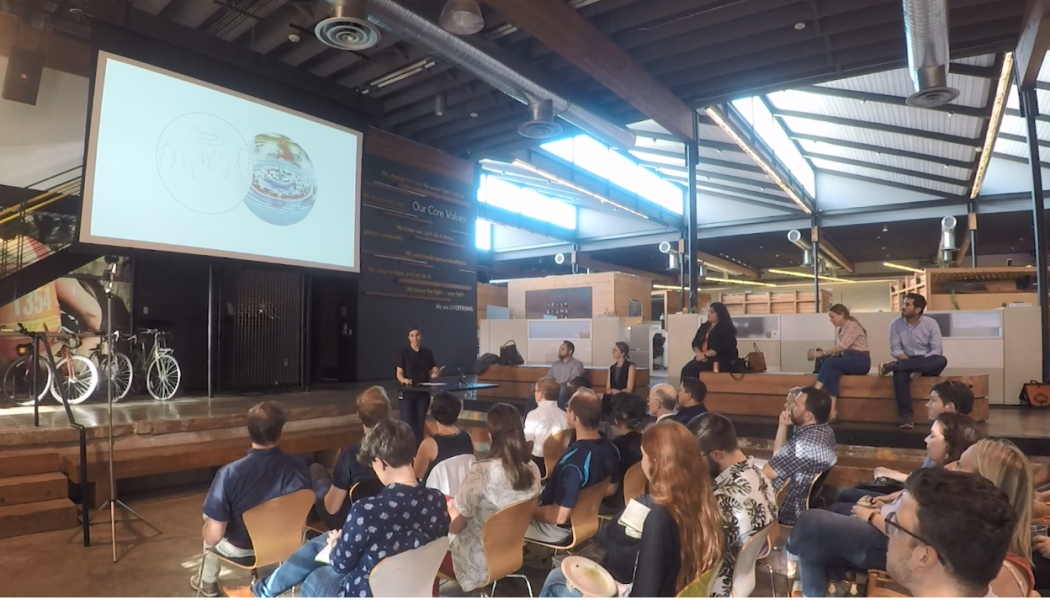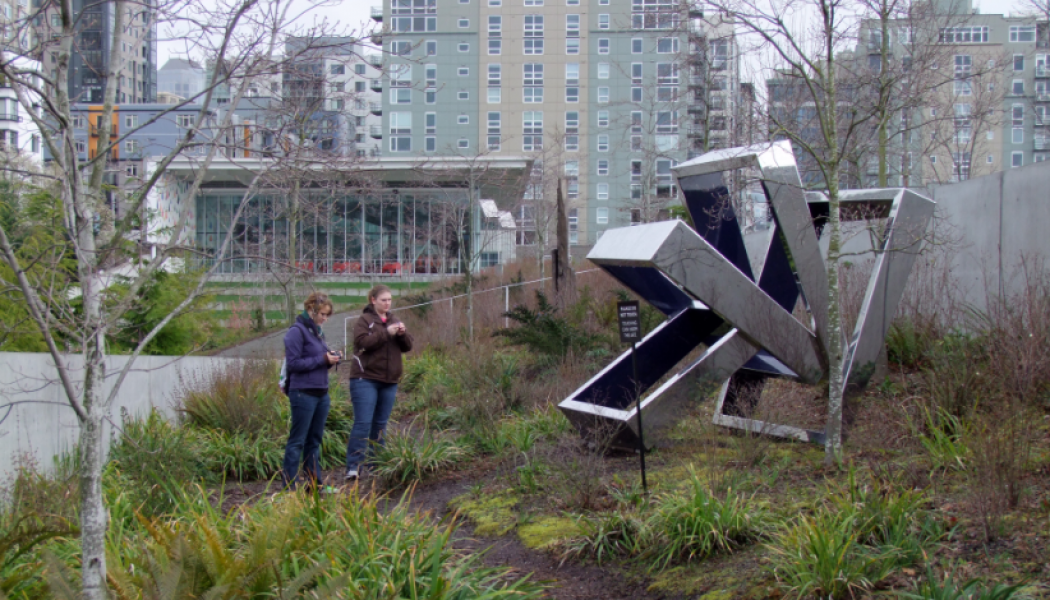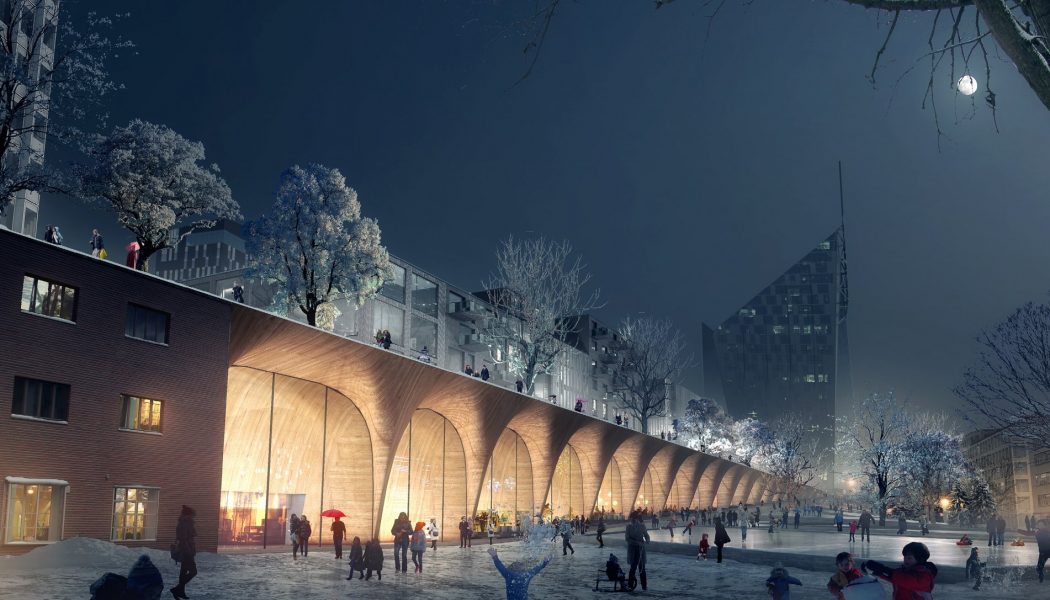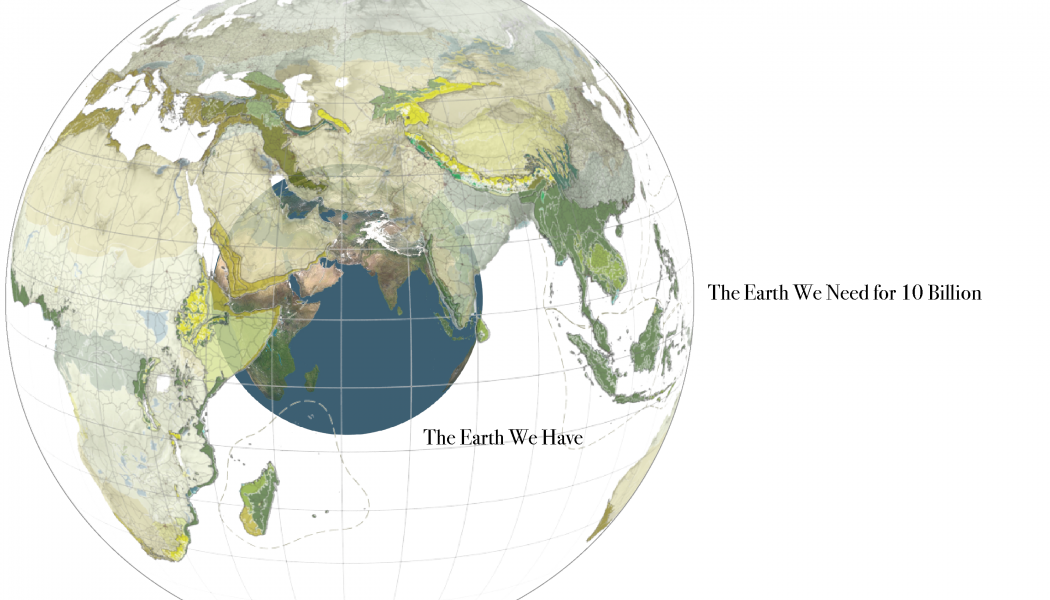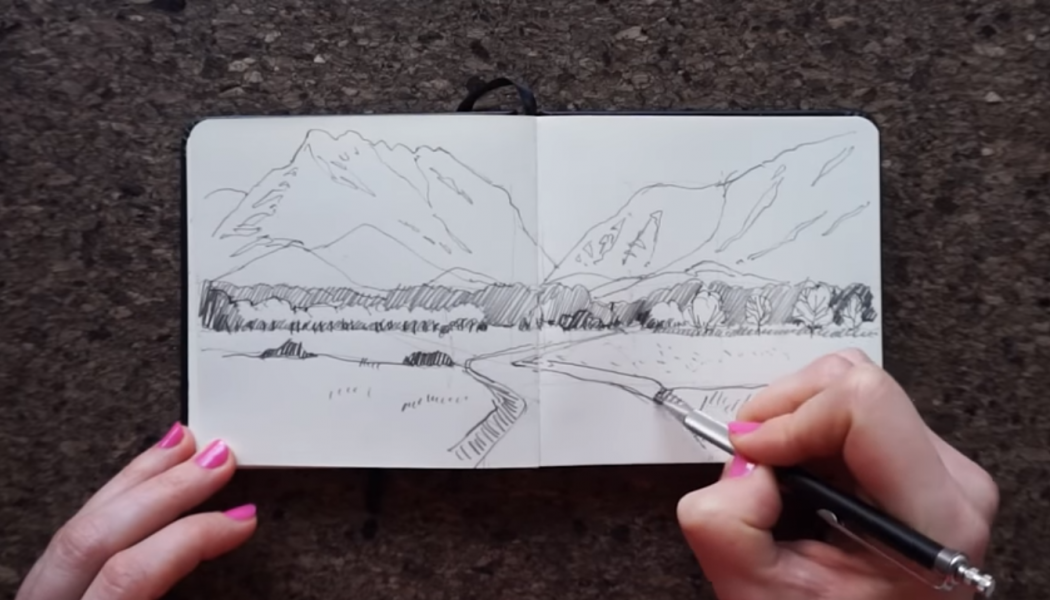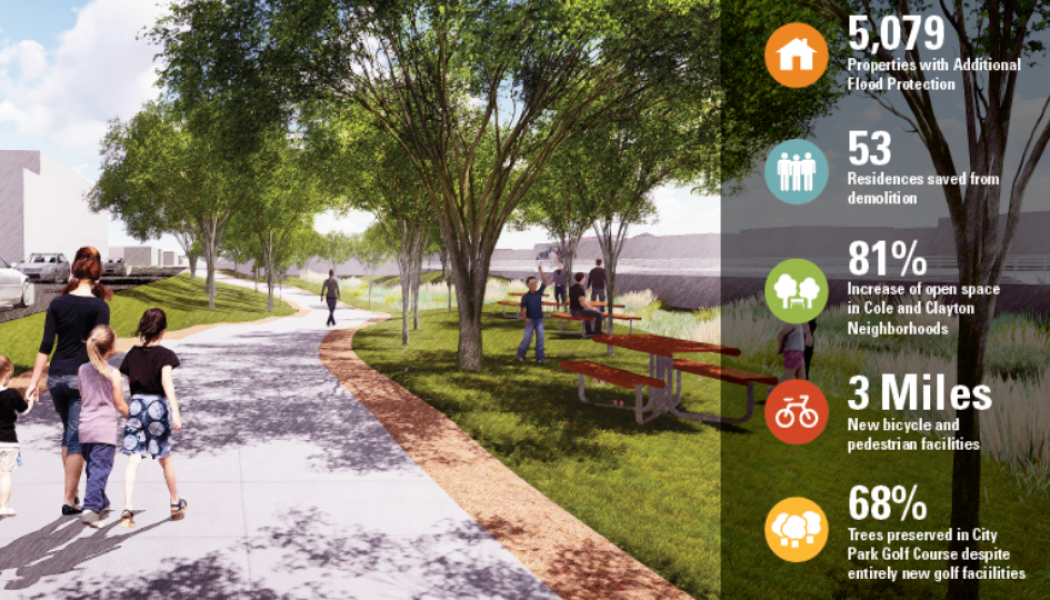Cover Story
Posts to be featured on the Home Page Slider
10 Questions with @thelandscapeofmemes
Those clever landscape architect memes your friends are sharing? They’re probably from the new instagram phenomenon @thelandscapeofmemes. Land8 had the opportunity to ask @thelandscapeofmemes a series of questions about their work. Here’s your chance to learn from a meme master who thinks seriously about the possibilities of our profession. Make sure to give them a follow @thelandscapeofmemes on Instagram or Twitter. What instigated @thelandscapeofmemes? I’m an avid viewer of memes and one day I randomly decided to search “landscape/landscape architecture memes” and what I saw was… interesting. I’d seen so many funny meme accounts for architecture, graphic design, medicine etc and I would always think, “It would be cool if there was a decent, relevant meme page dedicated to lan...Read More
How Public Open Space Reactivates the City
Public open spaces are vital for understanding cities. They are the main environments for citizens’ interaction and stimulation. While cities create the physical environment for social life, public spaces work as the stage and catalyst of social interaction. Therefore, well-functioning public spaces are crucial for any urban environment due to being physical spaces for civic participation, sense of belonging, and social integration. Likewise, a lack of common space results in the decay of the social structure of the city by limiting possibilities for simple communication and interaction. However, urban public space tends to be more and more exclusive due to top-down planning and standardized practices with limited adaptability. This is further compounded by market forces leading to t...Read More
Eco Altitudes [Land8x8 Video]
Cars take up a ton of real estate in America’s cities. From local roads and on-street parking stalls to elevated highways and multi-story parking garages, cities devote 50 to 60 percent of their space to cars. If we could reclaim this valuable land from vehicles, imagine the many ways cities could be transformed. Autonomous vehicles (AVs) have the potential to become a major catalyst for urban transformation, providing cities with the opportunity to reclaim their urban public space. As cities prepare for the advent of AVs and other new mobility technologies, Amna Ansari, Architect and Urban Designer at SWA Group, believes that design professionals have an essential role to play. During the Land8x8 Lightning Talks in Houston, TX, Ansari explores how we might shape these emerging technologie...Read More
Nature in the City: Tracking Pollinators in Denver’s Newest Park
Residents of Globeville, a neighborhood in north Denver, have limited access to natural areas and open space – factors that impact social equity, along with mental and physical well-being. The neighborhood is zoned urban industrial and is littered with a recycling plant, an armory, and scrap yards. It was home to the Globe Asarco Plant, a high-purity metals (cadmium, arsenic, lead, and zinc) refining facility, awarded Superfund status in 1993. An exciting 80-acre park project is slated to change the status quo. Beyond designing a park, Denver Parks and Recreation and Denver Public Works, along with lead design firm Dig Studio, undertook an in-depth, year-long community engagement process designed to build social capital alongside the wealth of new green space. The Beginning The Globeville ...Read More
How Circular Economy Can Build Sustainability
The circular economy seeks to move beyond traditional manufacture, use, and dispose culture to build resilience into systems, products and services throughout their lifecycle and beyond. In this article, we look at the circular economy and how it can be used in urban design and landscape architecture to improve sustainability. Linear Economy Our current approach to consumption is largely a linear process. We purchase products, use them for their useful lifecycle, and then discard them. Often this waste is not recycled or reused and simply ends up in landfill. In nature, very little is wasted. Often the faeces of one organism goes on to feed another, which in turn creates waste products that add humus to the soil. The nutrients from the humus ultimately fertilize vegetation in a closed loop...Read More
8 Degrees of Connection [Land8x8 Video]
What brought you to your profession of landscape architecture? Who encouraged you along your career path? Who has helped you succeed and attain your professional goals? These are among the questions landscape architect Shaney Clemmons, Founder and Principal of Shademaker Studio, considered as she prepared for her presentation at the Land8x8 Lightning Talks in Austin, TX. When asked to present on the topic of “Next Practices in Landscape Architecture”, Clemmons reflected on those people who played a key role in her professional life and used her presentation as an opportunity to share her belief that fostering, appreciating, and maintaining these connections are key to the future of the profession. Coupling two sociology theories together, six degrees of separation (the theory that any pers...Read More
Top Video Resources for Landscape Architects
As practicing landscape architects, it can be easy to feel distanced from innovation in the field. Designers outside of major metro areas – or remote from landscape architecture schools – can find it difficult to feel knowledgeable or inspired. In small firms, particularly, the resources necessary for continuing education are often difficult to justify. Fortunately, there’s been a recent movement for universities and other organizations to release online video of lectures and presentations. These lectures may not provide the social benefit of attending a conference – and you may not get an education credit, but they can be a cheap and flexible way of learning. If you’re needing some inspiration, flick over to YouTube or Vimeo. Listen to these experts. You’ll learn somethi...Read More
Tampere: The Most Exciting City You’ve Never Heard Of
Tampere (Finland’s second city) is the largest inland city in the Nordic region, serving an area containing over 505,000 inhabitants. With a long and productive industrial heritage, Tampere is the fastest growing city region in Finland with a projected increase in population of 23% by 2030. With this rapid expansion and internationalisation comes a staggering estimated €6 – €10 billion investment in the city. In this article, we take a brief look at how some of that €6-10 billion is being invested in the urban design of this prosperous city. Tramway One of the major investments currently being implemented in Tampere is the new 14-mile (23 km) tramway, which connects the city centre with Hervanta to the south, the university hospital to the east, and in the second phase Hiedanra...Read More
Humanitarianism + Landscape Architecture: Crisis, Commotion and Collaboration
Mapping the Crisis The world’s first modern atlas emerged in 1570. Nearly 450 years later, Professor Richard Weller, chair of Landscape Architecture at University of Pennsylvania, and his team produced “Atlas for the End of the World”. Atlas for the End of the World uses cartology (mapmaking) to show the world’s situations in the context of issues faced by humanity in the 21st century. Whilst Weller’s research screams to the viewers of the urgency of a changing world, often it doesn’t become a priority until it becomes critical. [Cue Humanitarianism]. The term “humanitarism” can be as ambiguous as “landscape architecture” because it is perceived to be very broad and difficult to exactly define for many. The purpose of Humanitarianism is deeply rooted in...Read More
How to Draw Landscapes (Like a Landscape Architect)
There is a big difference between taking a snapshot with your smartphone or taking time to draw something: the former you will likely forget, and the latter you will remember. Why is that? Drawing forces you to take time and really look at what is in front of you. It is a haptic experience. When you hold a pencil and retrace what you see, you can almost feel the object, its forms and structures. This can especially be experienced when sketching landscapes. Landscape architects deal with landscapes on different scales all the time. But landscapes are also one of the most challenging subjects to draw. That’s why today we’ll share with you some tips and tricks we find helpful for drawing them. As designers or planners, we always use drawing with a certain intention. It is a tool. As with ever...Read More
Show Secrets: Design Details from the 2019 Chelsea Flower Show
You’ve probably seen photos from Chelsea Flower Show. For a week in late May each year, the grounds of the Royal Hospital Chelsea in south London are filled with show gardens and horticultural exhibits. The Chelsea Flower Show is one of the most famous garden festivals in the world. It’s organized by the Royal Horticultural Society, the United Kingdom’s primary horticulture non-profit. The Royals usually open the show. The BBC broadcasts hours of coverage. Celebrities stand and talk to the cameras about their garden love. This year, Dame Judi Dench did a talk about dutch elm disease. Other shows might be more innovative or cosmopolitan, but Chelsea has prestige. I’d been meaning to go for years. This spring, I finally got myself together, took a plane and a subway and a couple of cross-tow...Read More
Updating Denver’s Urban Drainage Systems to Handle the Impacts of Development, Population Growth and Climate Change
Since its founding in 1858, Denver, Colo. has been a city marked by periods of rapid growth and expansion. During once such period in the late 1800s, over three square miles of land to the northeast of downtown was completely urbanized in less than a decade. Unfortunately, in their haste developers failed to recognize the importance of a vital drainageway that collected stormwater from the Montclair and Park Hill drainage basins, a watershed covering over 17 square miles. As the area transitioned from natural rolling plains to a grid of paved streets and rooftops, an insufficient piped stormwater system soon led to floodwaters lapping at the doors of the residents who had settled in the working-class neighborhoods of Cole and Clayton. Reporting on this flooding dates back to the early 1900...Read More


